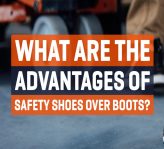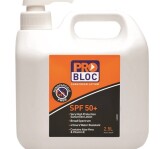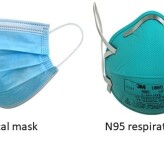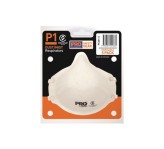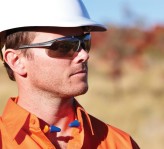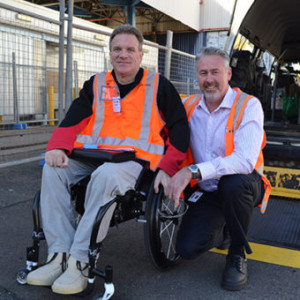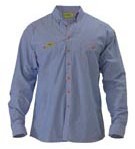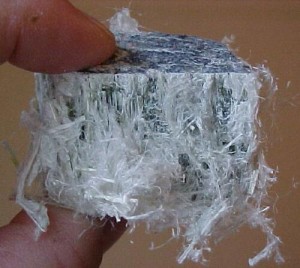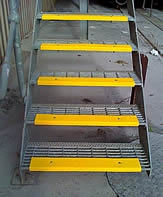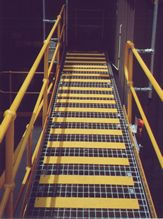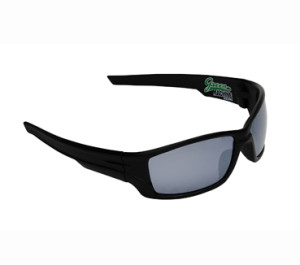While the Australian Standards do not indicate a set replacement schedule for protective eyewear, at some point, your safety glasses will need to be replaced.
Whether it’s from normal wear and tear, or changes to your circumstances, here are five signs that it’s time to replace your safety specs.
1. You have recently changed jobs, started a new job or increased your responsibilities to include new tasks
Choosing protective eyewear is a detailed process that takes into consideration the characteristics of the wearer, task and environment.
In other words, you can’t just pick up any old pair of safety specs and assume they’ll do. Any changes to your work environment or tasks may require a new pair.
Factors to consider include:
- The hazards you’re protecting against.
- Whether safety glasses, goggles, face shields or a combination are appropriate for the task.
- The impact rating of your protective eyewear—low, medium, high or extra high.
- Whether UV protection is necessary.
- The type of lenses and special coatings required, such as amber, clear, smoke, polarised, mirror, indoor/outdoor.
- The frame shape of the eyewear, based on your face shape.
- Whether you require prescription lenses.
- Compliance and certification of the product to Australian and international standards.
The wrong eyewear could increase your risk of an injury, so before you do a few extra jobs around the site, ensure your safety glasses can adequately protect you from all the hazards.
2. Your safety eyewear is damaged
If your safety specs or goggles get damaged, then they’re unable to do their job of protecting your eyes.
Whether it’s a knock from a projectile that cracks the lens or notable scratches that impair your vision, you don’t want a damaged pair of specs between you and a hazard.
This also applies if you’ve used your safety glasses for a task that they’re not fit for. Exposure to chemicals or heat could compromise the integrity of the equipment, making it unwise to keep using them, even for their intended purpose.
The lifespan of personal protective equipment (PPE) can be affected by a lot of factors, including usage rates, exposure to UV, chemicals, dirt and sweat, and appropriate cleaning and storage.
Consequently, caring for your protective eyewear is an important part of avoiding preventable damage and ensuring that it is always fit for use.
Always check the manufacturer’s instructions for their recommendations for cleaning, maintenance and storage of the product.
3. Your safety eyewear is old
While we don’t recommend jumping on board with every new fad, new PPE has a lot going for it.
At ProChoice Safety Gear, we’re always working to improve our products, using new technology and materials to increase their effectiveness, comfort and fit.
While an old pair of safety specs may have served you well, it’s worth checking out new products on the market to see if you’re missing out on features that could be offering greater protection.
Additionally, any time a Standard is updated, you should double check that your current PPE is still compliant.
4. Your prescription changes
This one is for all of you out there using prescription safety eyewear. Any time your prescription is updated, you need to get a new pair of safety glasses. No excuses.
And if you’re not having regular eye checks at the optometrist, then you should probably start going again, especially if you’ve noticed yourself squinting or getting headaches.
Being unable to see clearly is not going to help you stay safe.
5. You can’t see clearly and it’s not your eyesight
Perhaps your lenses stay blurry despite cleaning, they’re always fogging up or the sun’s glare is bothering you more recently.
As safety glasses age, special surface coatings can start to wear away and offer less protection, resulting in less clarity of vision.
Just like with prescription lenses, if you can’t see clearly then you need a new pair.
Is it time to replace your safety glasses? Check out our new ProChoice Surge Polarised Safety Glasses and Switch Safety Glasses. Both offer 99.9 per cent UV protection with anti-fog, anti-scratch, medium impact lenses. Coloured lens and smoke lens options allow you to choose the pair that most suits your needs.


